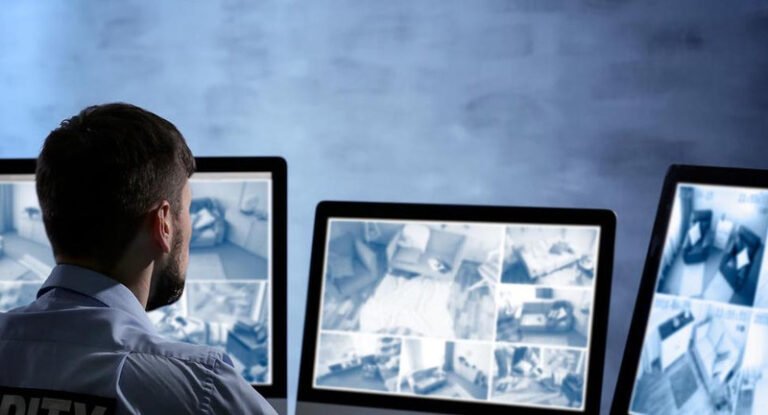Fixing Night Vision Camera Flickering: A Step-by-Step Guide

Ensuring night vision camera flickering starts by identifying when and where the flicker happens and considering environmental factors like lighting changes. Guarantee the power supply is stable; weak batteries or mismatched adapters can cause flickering. Inspect all camera connections for…